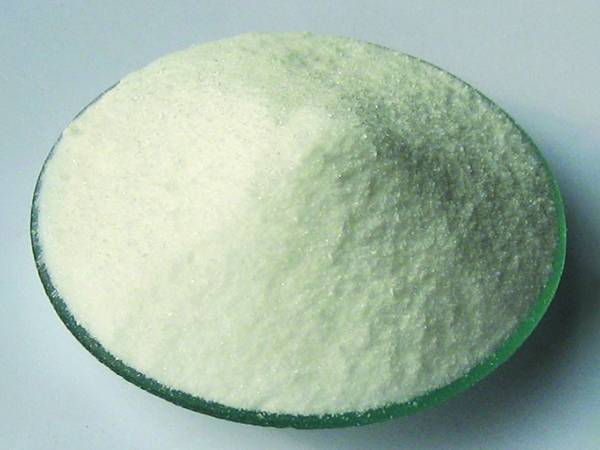



The Process of Synthesizing Sodium Hydroxide in Chemical Reactions and Industrial Applications
Sodium Hydroxide Synthesis An Overview
Sodium hydroxide (NaOH), commonly known as caustic soda, is a vital industrial chemical with a wide array of applications, including in the production of pulp and paper, textiles, and soap. Its synthesis is crucial in various chemical processes and industrial manufacturing. This article aims to provide an overview of the various methods employed in the synthesis of sodium hydroxide, focusing on their principles, applications, and efficiency.
One of the most common methods for synthesizing sodium hydroxide is through the electrolysis of sodium chloride solution, also known as brine. This process takes place in a chloralkali cell, where a direct current is passed through a saturated sodium chloride solution. The electrolysis produces chlorine gas at the anode, hydrogen gas at the cathode, and sodium hydroxide in the solution. The overall reaction can be summarized by the equation
\[ 2NaCl + 2H_2O \rightarrow Cl_2(g) + H_2(g) + 2NaOH(aq) \]
This method is particularly significant because it not only yields sodium hydroxide but also produces chlorine and hydrogen, both of which are valuable industrial chemicals. The chloralkali process is highly efficient and accounts for most of the global production of sodium hydroxide. The operation can be optimized by regulating parameters such as temperature, concentration of brine, and current density to maximize yield and minimize energy consumption.
Another synthesis method involves the reaction of sodium carbonate (soda ash) with calcium hydroxide (slaked lime). This reaction can also yield sodium hydroxide, along with calcium carbonate as a by-product. The reaction can be represented as follows
\[ Na_2CO_3 + Ca(OH)_2 \rightarrow 2NaOH + CaCO_3 \]
While this method is less common than the electrolysis of brine, it is still noteworthy, especially in processes that utilize available raw materials efficiently. The sodium carbonate used in this reaction is often derived from natural sources or produced through the Solvay process, which not only makes it economically viable but also environmentally friendly by reducing waste.
sodium hydroxide synthesis

Another synthesis approach is through the direct reaction of sodium metal with water. Although not widely practiced due to the violent nature of the reaction and the dangers involved, the reaction is straightforward and produced sodium hydroxide, alongside hydrogen gas
\[ 2Na + 2H_2O \rightarrow 2NaOH + H_2(g) \]
This method represents a more direct route to synthesizing sodium hydroxide but poses significant safety concerns, making it impractical for industrial applications. As such, it is primarily of theoretical interest and typically confined to laboratory settings.
In addition to the direct synthesis methods, sodium hydroxide can be obtained as a by-product in various chemical processes. For example, the production of biodiesel via the transesterification of oils or fats often uses sodium hydroxide as a catalyst. After the reaction, excess sodium hydroxide can be recovered and purified for reuse, thus reducing waste and improving the overall sustainability of the chemical process.
Sodium hydroxide’s applications span numerous industries, including pharmaceuticals, food processing, and wastewater treatment. Its role as a strong base makes it essential in neutralizing acids, saponification processes, and various chemical syntheses. Moreover, the demand for sodium hydroxide in the pulp and paper industry for delignification further cements its status as a critical chemical.
Despite its widespread utility, the handling of sodium hydroxide requires caution due to its corrosive nature, which can cause severe burns and damage to materials. Industries often adopt stringent safety protocols and regulatory measures to mitigate these risks, ensuring safe manufacturing and transportation.
In conclusion, the synthesis of sodium hydroxide is a critical aspect of modern industry, primarily achieved through the electrolysis of brine, among other methods. Its versatile applications make it indispensable in various sectors, though safety considerations remain paramount. Continued advancements in synthesis techniques and green chemistry practices will likely enhance the efficiency and sustainability of sodium hydroxide production in the future.
-
Using Potassium Nitrate for Colorants in Various ProductsNewsApr.29,2025
-
Safety Precautions When Handling Monopotassium PhosphateNewsApr.29,2025
-
Lead Oxide in Wastewater Treatment: A Powerful SolutionNewsApr.29,2025
-
Innovations in Sodium Chlorite ApplicationsNewsApr.29,2025
-
How Lead Nitrate is Used in Analytical ChemistryNewsApr.29,2025
-
Different Grades of Sodium Bisulfate: Which One Do You Need?NewsApr.29,2025
-
Sodium Chlorite vs. Other Disinfectants: A Comparative AnalysisNewsApr.14,2025










